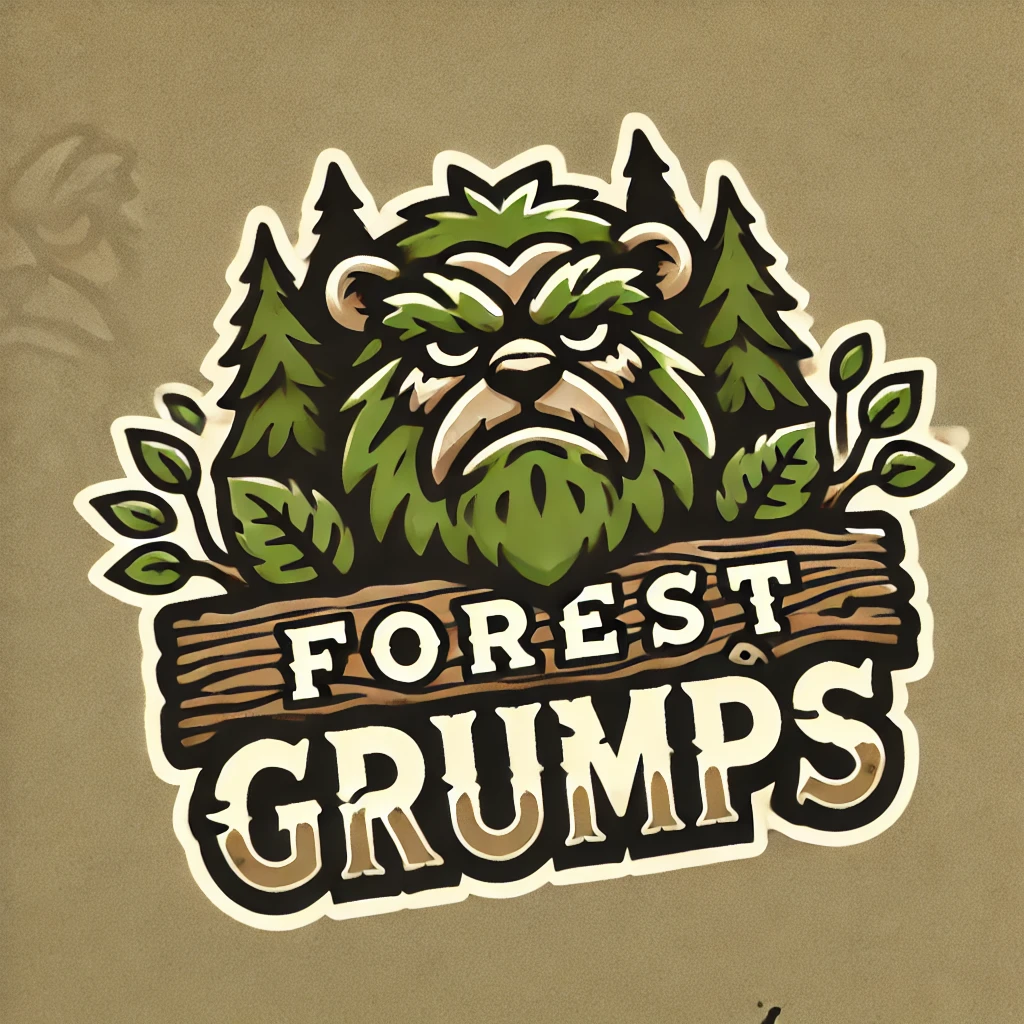Handling logs can be a physically demanding task, especially if you don’t have the right tools. Enter the log roller tool, a must-have for anyone who needs to move, position, or lift logs without straining their back. Whether you’re a professional logger, a sawmill operator, or a homeowner managing firewood, a log roller tool can make your job much easier and safer.
What Is a Log Roller Tool?
A log roller tool, sometimes called a timberjack or log jack, is a specialized device designed to roll, lift, and position logs with minimal effort. It typically consists of a long handle attached to a rolling mechanism, which grips the log and allows you to move it easily. The tool often includes a stand or base that lifts the log off the ground, making it easier to cut or move without it rolling away.
Key Features of a Log Roller Tool
Understanding the features of a log roller tool can help you choose the right one for your needs:
- Handle Length: Handles on log rollers usually range from 36 to 48 inches. A longer handle provides more leverage, making it easier to lift and roll larger logs.
- Material: The handle and roller parts are typically made from steel or aluminum. Steel offers durability and strength, while aluminum is lighter and easier to handle.
- Rolling Mechanism: The roller or hook is designed to grip the log securely. Some models feature adjustable hooks to accommodate different log sizes.
- Stand/Base: Many log rollers come with a stand or base that lifts the log off the ground. This feature is particularly useful for cutting logs, as it keeps the log steady and at a comfortable height.
- Weight Capacity: The tool’s capacity to handle different log sizes and weights varies. Heavy-duty models are designed for larger, denser logs, while lighter models are suitable for smaller logs.
Log Roller Tool vs. Other Log Handling Tools
While a log roller tool is often compared to other log handling tools like cant hooks and timberjacks, it has specific advantages that make it unique:
- Log Roller Tool:
- Best For: Rolling logs, lifting them off the ground, and positioning them for cutting or splitting.
- Advantages: Lifts logs off the ground, which prevents your chainsaw from hitting dirt and reduces strain on your back.
- Cant Hook:
- Best For: Rolling and positioning logs without lifting them off the ground.
- Advantages: Simple and effective for turning logs but doesn’t lift them off the ground.
- Timberjack:
- Best For: Lifting one end of the log off the ground to prevent it from rolling while cutting.
- Advantages: Provides stability for cutting logs and keeps the chainsaw from contacting the ground.
When to Use a Log Roller Tool
A log roller tool is incredibly versatile and can be used in a variety of scenarios:
- Log Rolling: Easily roll logs into position for cutting, stacking, or milling.
- Log Lifting: Lift logs off the ground to a comfortable height for cutting, which prevents your chainsaw from contacting the ground.
- Log Positioning: Position logs in a stable and secure manner before making cuts or moving them.
How to Choose the Right Log Roller Tool
Selecting the right log roller tool depends on several factors:
- Log Size: If you’re dealing with large, heavy logs, opt for a heavy-duty roller with a longer handle and a robust rolling mechanism.
- Usage Frequency: For frequent use, choose a model with an ergonomic handle and lightweight materials like aluminum to reduce fatigue.
- Terrain: If you’re working on uneven or rocky terrain, a model with a stable base or stand will offer better control and safety.
- Budget: High-end log rollers offer better durability and additional features, but there are budget-friendly models that perform well for occasional use.
Using a Log Roller Tool Safely
Safety should always be a priority when using a log roller tool:
- Grip Firmly: Ensure that the tool is securely gripping the log before attempting to roll or lift it.
- Maintain Control: Use a controlled motion when rolling or lifting logs to avoid overexertion.
- Watch Your Footing: Make sure you have stable footing, especially when working on uneven ground.
- Protective Gear: Always wear gloves to protect your hands from splinters and sturdy boots to shield your feet from logs.
Maintaining Your Log Roller Tool
To keep your log roller tool in optimal condition:
- Inspect Regularly: Check the handle and roller mechanism for any signs of wear or damage. Replace worn parts as needed.
- Keep It Clean: After each use, clean the tool to remove dirt and debris, especially from the rolling mechanism.
- Store Properly: Store the tool in a dry place to prevent rust and deterioration, particularly if it has steel components.
Top Log Roller Tools on the Market
If you’re in the market for a log roller tool, consider these top-rated options:
- Woodchuck Dual Log Roller and Timberjack:
- Features: Lightweight aluminum handle, dual-purpose design (log roller and timberjack), adjustable hook for various log sizes.
- Best For: Users looking for a versatile, all-in-one tool for both rolling and lifting logs.
- LogRite 48″ Log Roller:
- Features: Durable steel construction, long handle for extra leverage, stable base for lifting logs.
- Best For: Heavy-duty use, particularly for larger logs.
- Timber Tuff Log Roller:
- Features: Compact design, lightweight, easy to use.
- Best For: Smaller logs or occasional use, perfect for homeowners managing firewood.
Conclusion
A log roller tool is a game-changer for anyone who needs to handle logs regularly. Whether you’re rolling logs into place, lifting them for cutting, or positioning them for milling, this tool reduces physical strain and improves safety. Choose a log roller tool based on your specific needs, and make sure to maintain it properly for long-lasting performance. With the right tool in hand, you’ll find that log handling becomes a much more manageable task.
